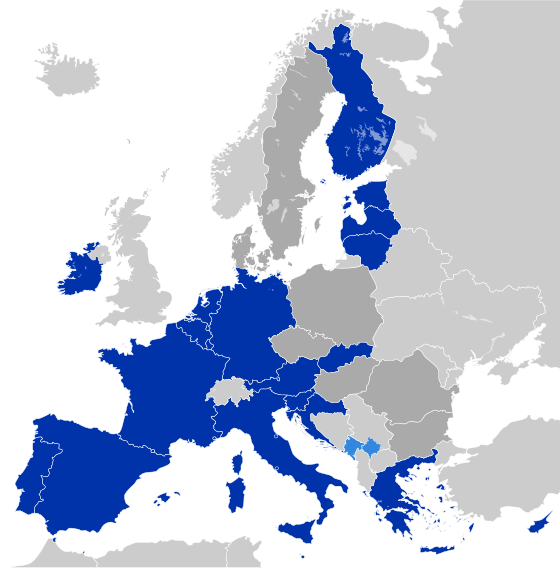It’s my absolute delight to finally be able to announce that the Network Architecture Lab will be collaborating with MAPOffice in the 2014 “Uneven Growth” exhibition at New York’s Museum of Modern Art.
Pedro Gadanho, curator for contemporary architecture at MoMA is curating the exhibit which runs from November 22, 2014 to May 10, 2015. The show will be launched on October 26 of 2013 with presentations by the different teams at MoMA’s PS 1. More details here.
It’s an incredible opportunity for myself and the Netlab, not only because of the importance of the venue and Pedro’s brilliance as a curator, but also because of the subject matter. It’s going to be a great journey!
Text from the press release follows:
In 2030, the world’s population will be a staggering eight billion people. Of these, two-thirds will live in cities. Most will be poor. With limited resources, this uneven growth will be one of the greatest challenges faced by societies across the globe. Over the next years, city authorities, urban planners and designers, economists, and many others will have to join forces to avoid major social and economical catastrophes, working together to ensure these expanding megacities will remain habitable.
To engage this international debate, Uneven Growth brings together six interdisciplinary teams of researchers and practitioners to examine new architectural possibilities for six global metropolises: Hong Kong, Istanbul, Lagos, Mumbai, New York, and Rio de Janeiro. Following on the same model of the MoMA exhibitions Rising Currents and Foreclosed, each team will develop proposals for a specific city in a series of workshops that occur over the course of a 14-month initiative.
Uneven Growth seeks to challenge current assumptions about the relationships between formal and informal, bottom-up and top-down urban development, and to address potential changes in the roles architects and urban designers might assume in the evolution of cities. The resulting proposals, which will be presented at MoMA in November 2014, will consider how emergent forms of tactical urbanism can respond to alterations in the nature of public space, housing, mobility, spatial justice, environmental conditions, and other major issues in near-future urban contexts.
Urban Case Study Teams:
New York: Situ Studio, New York, and Cohabitation Strategies (CohStra), Rotterdam
Rio de Janeiro: RUA Arquitetos, Rio de Janeiro, and MAS Urban Design ETH, Zurich
Mumbai: URBZ, Mumbai, and Pop Lab, Massachusetts Institute of Technology (MIT), Cambridge
Lagos: NLÉ Architects, Lagos, and Inteligencias Colectivas, Madrid
Hong Kong: MAP Office, Hong Kong, and Network Architecture Lab, Columbia University, New York
Istanbul: Superpool, Istanbul, and Atelier d’Architecture Autogérée, Paris
Uneven Growth: Tactical Urbanisms for Expanding Megacities is organized by The Museum of Modern Art, New York, in collaboration with the Museum of Applied Arts (MAK), Vienna.
This is the third exhibition in the series Issues in Contemporary Architecture, supported by Andre Singer.
The accompanying workshops at MoMA PS1 are made possible by MoMA’s Wallis Annenberg Fund for Innovation in Contemporary Art through the Annenberg Foundation.
Netlab Project Team
Kazys Varnelis, Director
Leigha Dennis
Jochen Hartmann
Robert Sumrell
